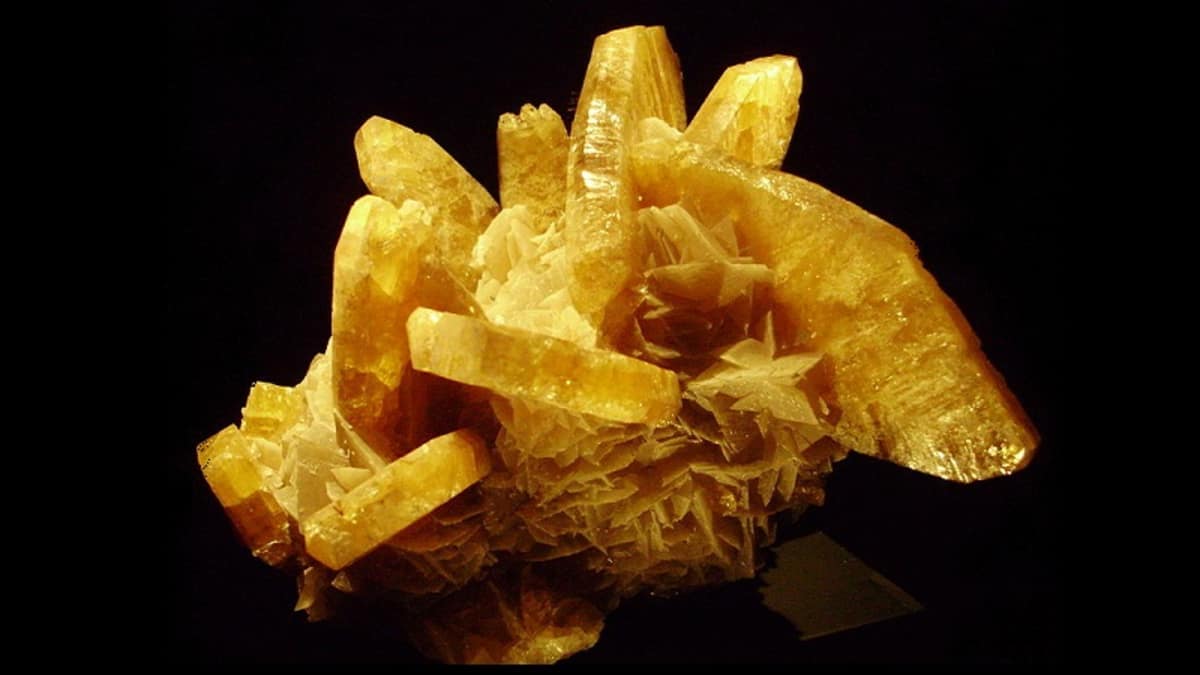
Protein is the holy grail of fitness buffs and dieters alike. But what’s all the fuss? These protein facts will show you just what it is about this miracle of a molecule.
- The human body is made up almost entirely of protein. It is next to water as the most abundant component of our mass.
- Protein is the main component of muscles, bones, organs, skin, and nails.
- Proteins serve different functions in the body.
- Proteins are made of 20 amino acids
- Protein, fat, and carbohydrates are the three macronutrients.
- It came from the Greek word proteios, which means “primary” or “holding the first place.”
- Our bodies can produce 13 proteins, but the remaining 9 can only be sourced from food intake.
- Polypeptides refer to long amino acid chains.
- Protein folding is a process that determines a protein’s purpose.
- Their average lifespan is 1–2 days in mammalian cells, but they can either last for minutes or years.
- Protein is found in all cells of our body.
- Fat is nine calories per gram, while protein and carbohydrates provide four calories per gram.
- 100,000 different types of protein are found in the human body.
- Eggs contain the highest relative protein amount for food.
- Protein deficiency can lead to health issues such as kwashiorkor, immunodeficiencies, edema, thinning nails and hair, muscle and joint pain, and weakness.
- Enzymes are proteins that trigger chemical reactions in the body.
- Antibodies are proteins responsible for our immune system.
- Extracellular and membrane proteins send and receive signals in the body.
- Structural proteins give stiffness and rigidity to otherwise fluid elements in the body.
- Insects have the best fat to protein ratio.
Your hair and nails are made of protein.

Keratin is a fibrous structural protein that makes up hair, nails, and the outer layer of our skin. In animals, it forms feathers, horns, claws, and hooves. It also protects epithelial cells from damage.
The bigger the bean, the more protein it has.
The longer, bigger, and older a legume grows, the more protein it has. Fully-grown roasted soybeans are the legumes most abundant protein, with 39.6 grams of protein for every 100 grams serving.
Beef used to be the most globally-consumed meat.
Now, that title belongs to pork.
Your blood is red because of protein.
Hemoglobin is a protein in red cells that carries oxygen from the lungs to the body’s cells and disposes of harmful waste products like carbon dioxide.
Protein lets you see.
Rhodopsin is a protein in our eyes helps us see light.
Human meat is rich in protein.
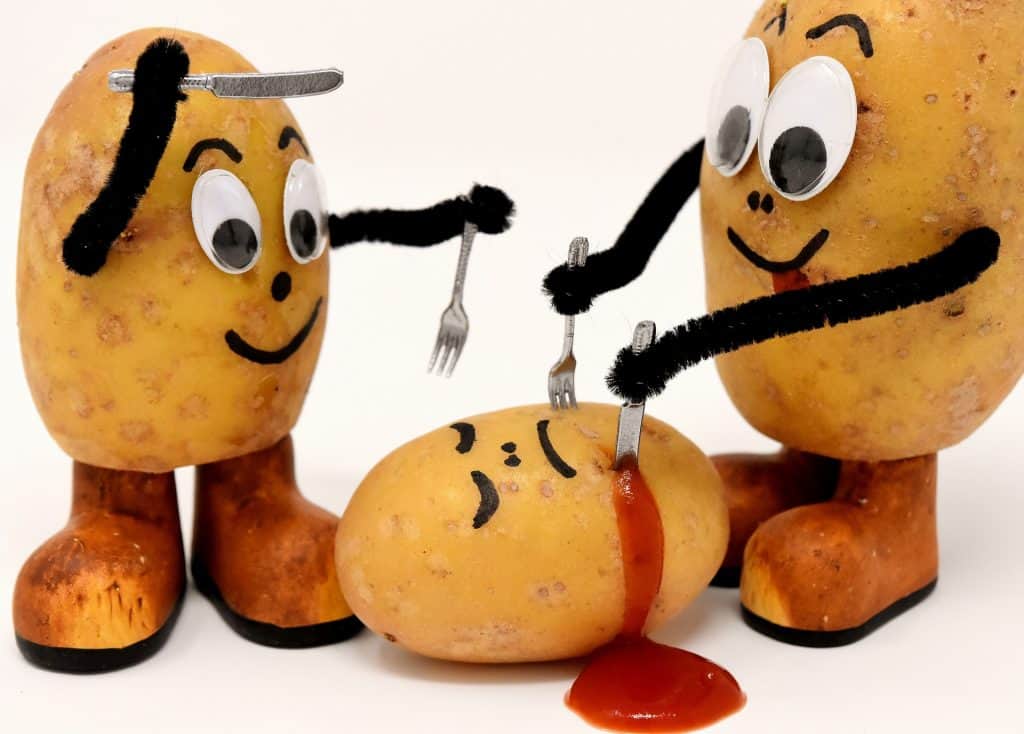
However, cannibalism was not really practiced because of diet or starvation. Historical instances of human meat consumption were symbolic or religious gestures.
A typical human male ejaculation contains 150 mg of protein.
The sperm also contains a protein that encourages women to ovulate.
Proteins often cause allergies.
Certain foods often cause allergies because the structure of their protein contents triggers immune responses. For example, many people are allergic to gluten, a protein found in wheat and grains.
Most microorganisms and plants are capable of synthesizing all 20 standard amino acids.
However, animals and humans can only get 9 of these essential amino acids through food.
Low-sodium parmesan cheese is the richest in protein.
Dairy products such as milk, yogurt, and cheese are all sources of protein, but this particular cheese has the richest protein content. Low-sodium parmesan cheese contains 41.6 grams per 100 grams serving.
Tuna has the highest protein content for fish.

Bluefin and yellowfin tuna are especially rich in protein. Bluefin offers 29.91 grams of protein per 100 grams of dry-cooked fish, and yellowfin provides 29.15 grams. A few other contenders are the following: anchovies (29 gr), salmon (27 g), halibut (27 g) and tilapia (26 grams).
Seeds are a protein-rich snack.
Pumpkin seeds provide 33 grams of protein per 100 grams, while watermelon seeds provide around 28 grams per 100 grams.
Protein keeps your body from swelling up.
The protein albumin keeps the entire human body from being swollen from liquids. In third world countries, protein diet and lack of food are common problems that cause the swelling of the abdomen from the lack of albumin and osmotic imbalance of body fluids.
Once protein is digested, it is broken down into its amino acids.
These amino acids are then reused to make the proteins your body needs to maintain muscles, bones, blood, and body organs.
Eating excessive protein can damage your organs.
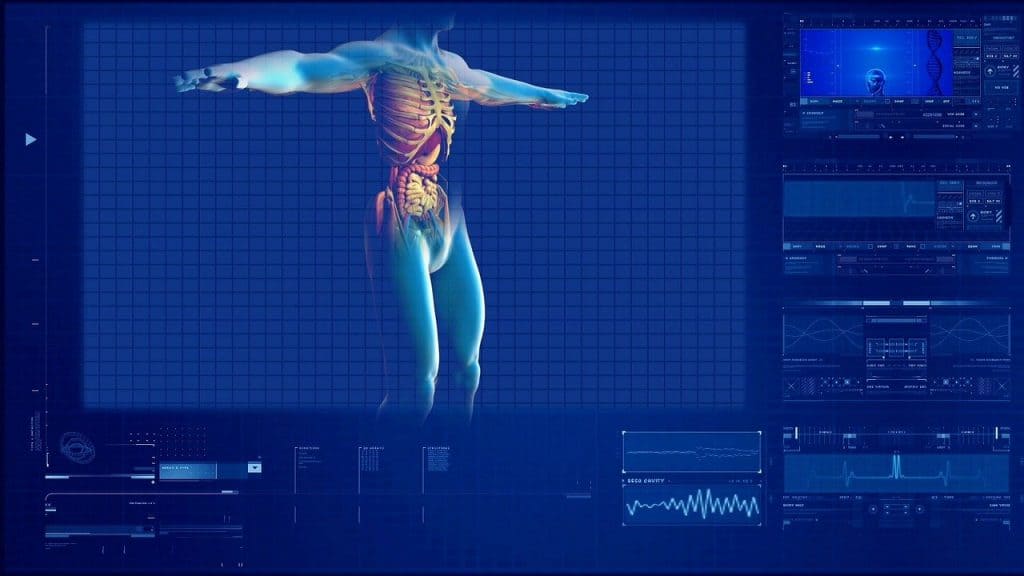
Eating excessive protein than required will put stress on the kidneys and liver because these organs will work harder to break down the extra protein. Not only this, but the broken down protein will then be stored as body fat and result in weight gain.
Protein can be fatal.
There has been one recorded death from protein consumption: A 20-year-old hockey athlete died from ammonia poisoning due to a high-protein diet. Ammonia poisoning isn’t really an effect of too much protein, but in this case, the athlete had a rare genetic condition that prevents his body from metabolizing and synthesizing protein properly. The protein turned into ammonia in his system and ended up poisoning him.
Sonic the Hedgehog is a protein.
Gotta go fast! Sonic hedgehog is a secreted protein crucial to the development of animals and humans. It is responsible for the growth of digits and brain organization.
Pikachu is also a protein.
Pikachurin is a retinal protein named after the lightning Pokemon, Pikachu for its nimbleness. Good pikachurin bonds are crucial to good eyesight. Misaligned or misshapen bonds cause eye ailments.
Turkey breast is the leanest part of the animal.

An 85 gram serving of roasted, skinless turkey breast contains 24 grams of protein and 115 calories. It is also rich in niacin, vitamin B6, selenium, phosphorus, and zinc.
Middle-aged people need to consume more protein.
Because protein is essential for cell regeneration, many researchers argue that protein is the main reason for aging.
Collagen is the most abundant protein in your body.
This is the main structural component of ligaments, bones, skin, and muscles.
Protein keeps chicken eggs sturdy.
A special form of keratin keeps eggshells firm. Without this protein, the shell will be too brittle.
India eats the least amount of meat in the world.
With just 7 pounds of meat yearly per person, the people of India are quite peckish with meat. On the other hand, Australians consume the most meat annually at 205 pounds per person.
They’re social butterflies.
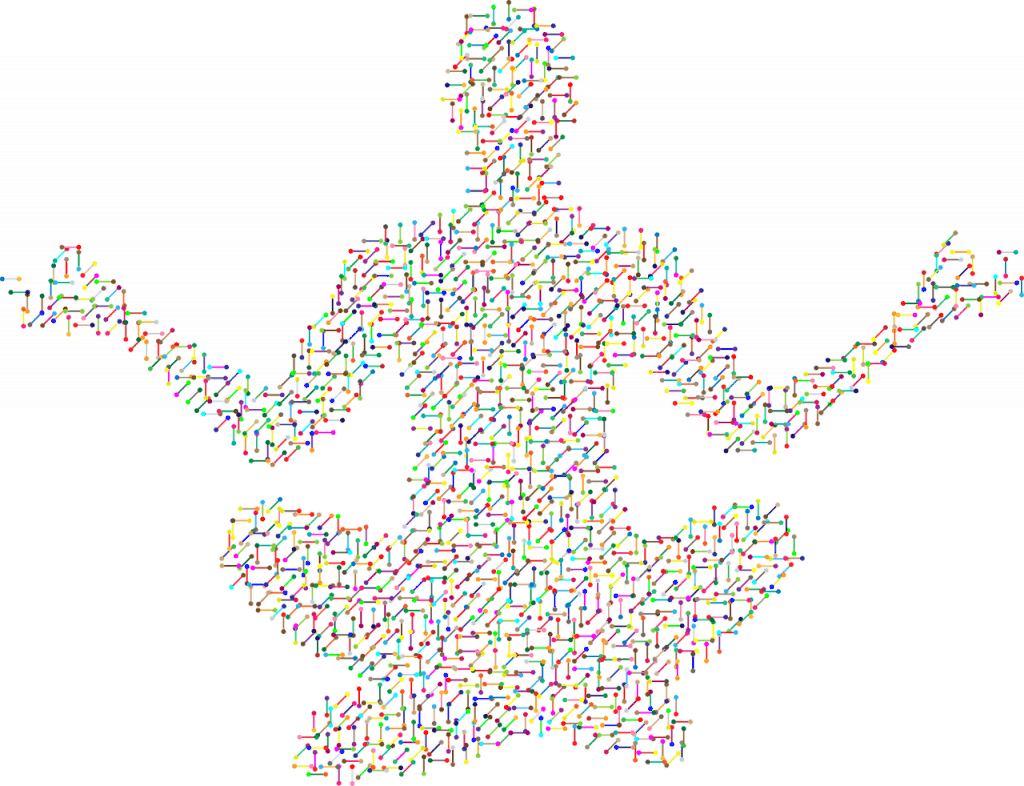
Proteins interact with other types of molecules, including other proteins, lipids, carboyhydrates, and DNA. You could say that they’re the life of the party.
There’s a giant protein…
Titin is the biggest discovered protein. It is also known as connectin and is responsible for muscle contraction.
… and its chemical name has 189,819 letters!
Overall, it takes about 3.5 hours to pronounce. Good luck with that.
The smallest protein in the human body is the thyroid releasing hormone (TRH).
The thyroid releasing hormone has only 234 amino acids. Meanwhile, the smallest polypeptide in the human body is insulin at 54 amino acids.
Protein bars aren’t a meal substitute.
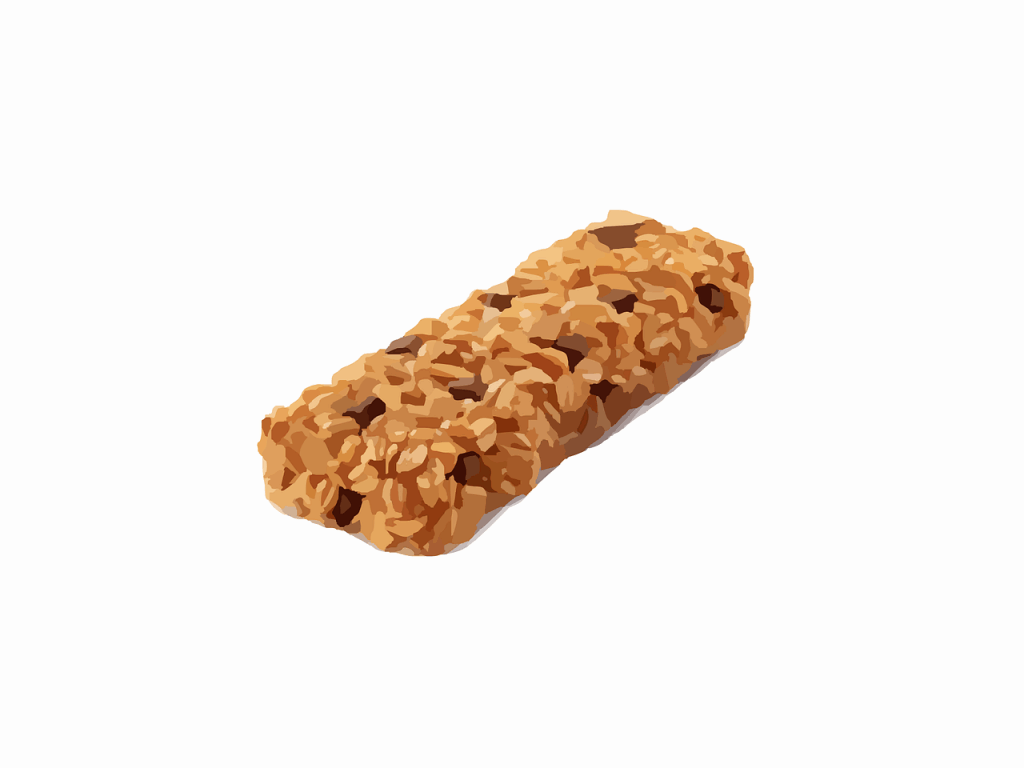
Good protein bars should ideally have 8 to 10 grams of protein, about 3 grams of fiber, and balanced sugar amounts. However, man can’t live on protein bar or protein shake alone. You’d need the other macronutrients to keep yourself healthy.
Myosins are motor proteins in charge of muscle contraction.
These proteins transmit signals to the rest of your body and result in motion.
Hormones are proteins.
Hormones are signaling protein molecules that are transported by the circulatory system to send commands that regulate physiology and behavior.
Was this page helpful?
Our commitment to delivering trustworthy and engaging content is at the heart of what we do. Each fact on our site is contributed by real users like you, bringing a wealth of diverse insights and information. To ensure the highest standards of accuracy and reliability, our dedicated editors meticulously review each submission. This process guarantees that the facts we share are not only fascinating but also credible. Trust in our commitment to quality and authenticity as you explore and learn with us.


